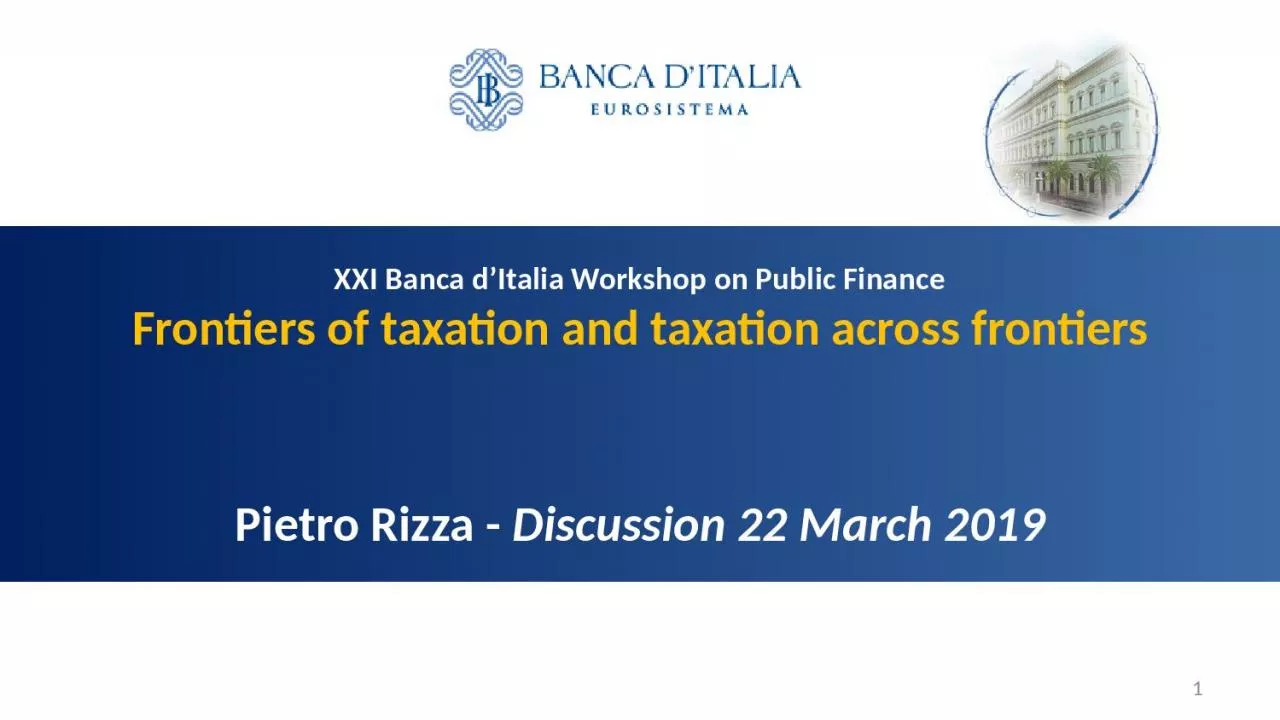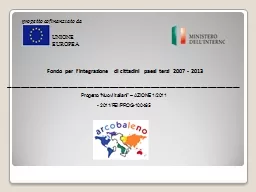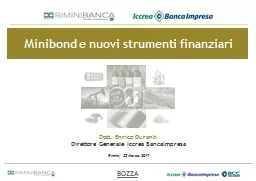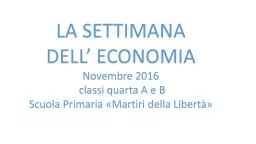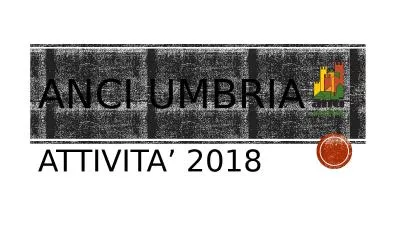PPT-XXI Banca d’Italia Workshop
Author : white | Published Date : 2024-03-13
on Public Finance Frontiers of taxation and taxation across frontiers Pietro Rizza Discussion 22 March 2019 1 The 2 papers taken together 2 EURO AREA FISCAL
Presentation Embed Code
Download Presentation
Download Presentation The PPT/PDF document "XXI Banca d’Italia Workshop" is the property of its rightful owner. Permission is granted to download and print the materials on this website for personal, non-commercial use only, and to display it on your personal computer provided you do not modify the materials and that you retain all copyright notices contained in the materials. By downloading content from our website, you accept the terms of this agreement.
XXI Banca d’Italia Workshop: Transcript
Download Rules Of Document
"XXI Banca d’Italia Workshop"The content belongs to its owner. You may download and print it for personal use, without modification, and keep all copyright notices. By downloading, you agree to these terms.
Related Documents

